Lighting the Way: Breaking Down Barriers in Firefighting Careers

Becoming a firefighter is a dream for many, but in California, it can be a long and arduous journey. The average time it takes to land a firefighting job in the Golden State is between two to five years, but for Chief Felipe Rodriguez, that timeline stretched to seven years. As he put it, “I have wanted to be a firefighter since I was seven years old, and I went ahead and prepared myself and took another [firefighting] test and guess what? You don’t make it. Seven years later, I got the call.”
Unfortunately, Chief Rodriguez’s story is not an outlier. Many aspiring firefighters are facing similarly long timelines to achieve their dream job. With a shortage of firefighters throughout the state, the requirements for prospective firefighters have increased, and the training times have become longer. This bottleneck is preventing many people from pursuing their dreams of becoming a firefighter.
To explore this issue, Valley Vision, in collaboration with Los Rios Community College district, held a regional firefighting careers advisory in the Greater Sacramento Region on April 5th. Panelists, labor market experts, and community college representatives all shared their insights on the challenges facing prospective firefighters in the region. It’s clear that California needs to do more to ensure that future firefighters are able to pursue their passions without facing unnecessary barriers.
The event featured a keynote from Felipe Rodriguez, Chief of Cosumnes Fire Department, a statewide firefighting labor market report from Sara Phillips, Regional Director of the Far North Center of Excellence, and local firefighting career data from Ebony Benzing, Research Manager for the North/Far North Center of Excellence. The Fire Advisory had a regional industry panel that included:
- Christopher McCandless, US Forest Service, District Fuels Specialist
- Arianna Duran, CAL FIRE, Associate Governmental Program Analyst
- Julie Ride, Cosumnes Fire Department, Fire Captain
- Tim White, Sac Metro, Firefighter
- Lawrence Whang, Sacramento Fire Department, Fire Captain
At the beginning of the event, Phillips provided statewide labor market information on entry-level firefighting careers, demonstrating that local and municipal departments typically have the most stringent pre-employment training requirements, with the Los Angeles Fire Department requiring 560 hours of pre-employment training. Firefighters at the municipal/county level start out as reservists or volunteers until they have their Firefighter 1 and EMT/Paramedic Certifications, complete in-house firefighting training, and obtain state certification. High school degrees are required, but to be promoted to higher level positions, most individuals require an associate’s degree. Outside of local and municipal hiring, federal agencies and private contractors typically have lower pre-employment training requirements, but can have complicated hiring procedures at the federal level. Staffing patterns show that local agencies comprise 93% of firefighting employment in the state. At the local level, Benzing provided labor market information on firefighting and prevention jobs for the Greater Sacramento region. The findings showed a 7% projected change in job growth for the Greater Sacramento region, double that of the state of California. Within the last three years, there have been 618 unique online postings for firefighting jobs. While job growth is projected to outpace the state as a whole, both Benzing and Phillips stated that when qualitative interviews were conducted, key stakeholders explained that there is a shortage of firefighters in different departments.
The panel discussion emphasized the importance of hiring diverse candidates, a need for more paramedic firefighters, and removing bottlenecks to increase qualified candidates. Panelists agreed: the challenges to recruiting diverse candidates are cultural barriers and the cost of different qualifications. Captain Rider explained these hurdles by stating: “There are so many people that can walk into law enforcement agencies or public safety, but when they come to fire and see that there’s a process, it’s not like they can just join the fire department and they automatically get a job… we’d prefer that they have experience.” Panelists highlighted that reaching out through the region to different partnerships and community partners is an effective way to expand their reach, but more work needs to be done to remove barriers like cost to the firefighting careers process.
To create a more proactive firefighting career pipeline, firefighter Tim White highlighted successful methods of outreach for students, citing career technical education (CTE) programs as the most effective method that they and other local fire departments have found to inform young students about achieving a career in the firefighting industry. Most panelists had similar experiences with the success of CTE in high schools, with Captain Whang highlighting two high schools, Inderkum and Valley High, as being successful fire youth academies. Their current youth academies offer a 30-week academy of local Sacramento students, and at week 25 the academies have kept 31 out of the 31 students that started the program.
As our region works towards building a more inclusive and equitable firefighting workforce, increasing CTE programs, removing barriers to receiving certifications, and providing the necessary education for diverse applicants is vital to meet the diversity and talent needs of the industry.
To keep up with Valley Vision’s work to advance a future-ready workforce in the Sacramento region, subscribe to our 21st Century Workforce email newsletter!
Remembering Jane Hagedorn

On March 14, 2023, longtime Breathe CA Sacramento Region CEO Jane Hagedorn passed away. Jane led the formation of the Cleaner Air Partnership in 1986 and stewarded countless local clean air initiatives for more than three decades.
Jane Hagedorn’s passing leaves a hole in my professional development as Breathe California Sacramento Region’s Acting CEO. While I was able to glean tips from Jane, I certainly felt there was much more to learn from her. Jane hired me after completing her Nonprofit Management Class at UC Davis’ Graduate School of Management in 2003. I was impressed by her confidence yet ability to carefully listen and strategize. She then became a mentor to me as I watched her interact with policymakers, leaders and her staff. She knew how to bring people together, even when it appeared that there wasn’t common ground. The Cleaner Air Partnership is a perfect example of Jane’s vision to make progress in improving air quality by involving a variety of groups and individuals. I appreciated her ability to skillfully delegate tasks and lead by example. She saw our organization through significant structural changes and led the charge to independent and relevant programming in the region. Thank you, Jane, for your leadership and friendship.
Jennifer Finton, Acting CEO of Breathe California Sacramento Region
The Cleaner Air Partnership began in early 1986 when Jane Hagedorn, Executive Director of the American Lung Association of Sacramento-Emigrant Trails (ALASET) approached the President of the Sacramento Metropolitan Chamber of Commerce, Mike Seward, and the Air Pollution Control Officer of the Sacramento County Air Pollution Control District, Norm Covell, to jointly sponsor a public-private partnership to support air quality improvement in the region. The concept of an economic and environmental alliance was appealing to all of the parties.
One of the reasons I admired Jane was she was willing to listen and respond even if it went a bit against the grain. The best example is the fact that she agreed to put out the report card for air quality improvements to counter the annual Lung Association report on how our region still got an F rating for air quality. We had done so much to reduce the number and severity of exceedances but were still getting hammered by the annual report. She recognized that it was important to give a little credit to the partners that had work so hard to bring our numbers down. A little pat on the back to encourage folks to keep working together to achieve the ever lower standards.
Becky Wood, Fmr. CAP Chair, Teichert Aggregates (retired)
In her many years of civic involvement, Jane was a Leader for various organizations including being the 1st female ever appointed to the Sacramento County Planning Commission and was recognized by the Sacramento Bee as one of the Most Influential Women in Sacramento County. She was also the award recipient of the Sacramento Audubon Society and Environmental Council of Sacramento and a Fellow of the American Leadership Foundation. Her numerous board member positions included the Tahoe Regional Planning Authority; Arden Park Recreation District, California Planning and Conservation League; Sacramento Symphony; Friends of Light Rail; and Valley Vision.
I remember her as a tenacious advocate for the breathing public in the Sacramento Region. In particular it was through her and others’ leadership that we were able to keep strong local programs in California under the Breathe California structure when the American Lung Association national leadership wanted to go another direction. That wasn’t an easy time but turned out OK in the end.
Larry Greene, Fmr. Air Pollution Control Officer, Sac Metro Air District
For more about Jane, read her Obituary and the Cleaner Air Partnership history document on the Valley Vision website. Thank you for taking the time to remember Jane.
To keep up with Valley Vision’s work to advance livability in the Sacramento region, subscribe to our Vantage Point email newsletter.
Adrian Rehn is a Project Leader overseeing the Cleaner Air Partnership and Valley Vision’s Clean Economy portfolio.
Building a Skilled & Diverse Workforce in Manufacturing

On February 9th, Valley Vision hosted a hybrid Advanced Manufacturing Regional Advisory bringing stakeholders and industry partners together to discuss the current state of the sector, future trends and projections, and opportunities for growth. President and CEO of the California Manufacturers & Technology Association, Lance Hastings, opened the event with a compelling statement on the future of manufacturing, “How we leverage our resources, both human and natural, is really going to be the future of what manufacturing can do in California and we cannot rest on our laurels.” Hasting’s outlook on the future of manufacturing reflects the urgency of an industry that generates over 300 billion dollars of California’s GDP output, with the number expected to rise in the post-pandemic recovery and reshoring efforts to address supply chain disruptions.
At the hybrid event, the regional director of Greater Sacramento Centers of Excellence, Aaron Wilcher, shared data detailing specialized manufacturing industries in the Greater Sacramento area that have a higher percentage growth compared to the rest of California. The sectors with the highest employment shares in the Greater Sacramento region included rail stock, food & beverage manufacturing, beer, and construction components.
The Century Foundation provided information on diversity and inclusion efforts in Manufacturing and their collaboration with the Urban Manufacturing Alliance. These organizations are leading twelve Industry & Inclusion Cohorts in community colleges across the nation, including Sierra College in Rocklin, focused on building ecosystems and increasing racial equity in the sector.
The advisory also included a panel of industry employers including: Sara Lausmann – TSI SemiConductors, Derek Palos – Origin Materials, Kevin McGrew – Siemens, Fraser Marshall – DMG MORI USA, Inc., and Jeppe Johansen – TOMRA. The panelists discussed partnering with Diversity, Equity, and Inclusion firms and collaborating with community-based organizations in specific zip codes as ways to increase community member awareness of manufacturing careers and diversify their workforce. Panelists unanimously agreed on the need for more women in the industry and some noted the success of women in training programs, often surpassing their male counterparts in job offers and placement.
The most urgent needs identified by panel members were employment candidates with specific technical skills at the intersection of electrical, information technology and manufacturing. While in the past, many of these organizations were able to train individuals with little to no experience, this is shifting due to the advancement of technology. All employers were active in providing internships and emphasized the value of hands-on learning combined with classroom education to provide a more job-ready talent pool.
Panelists were enthusiastic about the resurgence of the industry while also acknowledging the substantial collaborative efforts needed to ensure talent demands are met, with the future of manufacturing set to have 2.1 million manufacturing jobs unfulfilled by 2030.
To read more about this manufacturing advisory, connect HERE. And, to keep up with Valley Vision’s projects to advance a future-ready workforce in the Sacramento region, subscribe to our 21st Century Workforce email newsletter!
Disengaged Workers: A Spotlight

Economic data experts are unnerved that despite low national unemployment rates and a remarkable increase in job openings, large numbers of the working population remain “disengaged”. A disengaged workforce is characterized as working-age community members that are unemployed and currently not looking for work. Understanding and addressing the reasons why this demographic population remains out of the workforce could direct community stakeholders to a future action plan.
Studies that focus on causes of the low labor force have recently been published that may inform our region’s employers, educators and community members invested in developing and enhancing workforce livability. An analysis of the labor shortage crisis in “The Demographic Drought: Bridging the Gap in our Labor Force,” defines the workforce issue as the decline in qualified talent in the labor market. The article reports on the total number of working age people and the labor force participation rate (working-age people that are currently working or actively looking for work). The report asserts that the working-age population will continue to increase, but at a historically low rate, which will not outpace the retiring generation. In short, with birth rates and immigration rates declining, the numbers of working age or “entry-level” workers are not projected to replace the retiring-age workforce, thus “…a growing number of companies [will be] depending on a shrinking number of workers” (Lightcast).
As reported in Bloomberg in January 2023 and in the Lightcast report, strategies to engage working-age populations include offering better benefits. In terms of offering improved benefits, these studies emphasize improved child care options or even cash subsidies because “child care expenses can undercut the economic benefits of returning to work, especially for lower-wage workers.” In October 2022, the Centers of Excellence in conjunction with Valley Vision published a report on the early childhood education workforce in the Sacramento region including recommendations to address the deepening workforce shortage. Local governments and businesses may need to work together to craft creative solutions for bringing workers back, including addressing the childcare gap.
Another strategy that yields fruit in both employee attraction and retention is ensuring career pathways within business and industries to provide workers both opportunities to advance and build additional skills. Workers won’t advance if they don’t have the skills to do the more complex work that will increasingly be in demand in the future of work. Employers have an important job, to inform programs that can prepare current and disengaged workers with the skills needed for the careers to come. Valley Vision works in this area, serving as the region’s intermediary, bringing together employers and industry leaders to inform education and workforce stakeholders on the current and changing demands of work.
To create a vibrant and prosperous economy, our region must have a talented workforce – educated, trained, and ready. Long gone are the days when it was enough to put up a help wanted sign to fill a vacancy. Collaborative efforts and solutions are the necessary components to bridging the gap between the disengaged labor market and the talent needs of our region’s employers.
To keep up with Valley Vision’s work to advance a future-ready workforce in the Sacramento region, subscribe to our 21st Century Workforce email newsletter!
Envisioning 2023
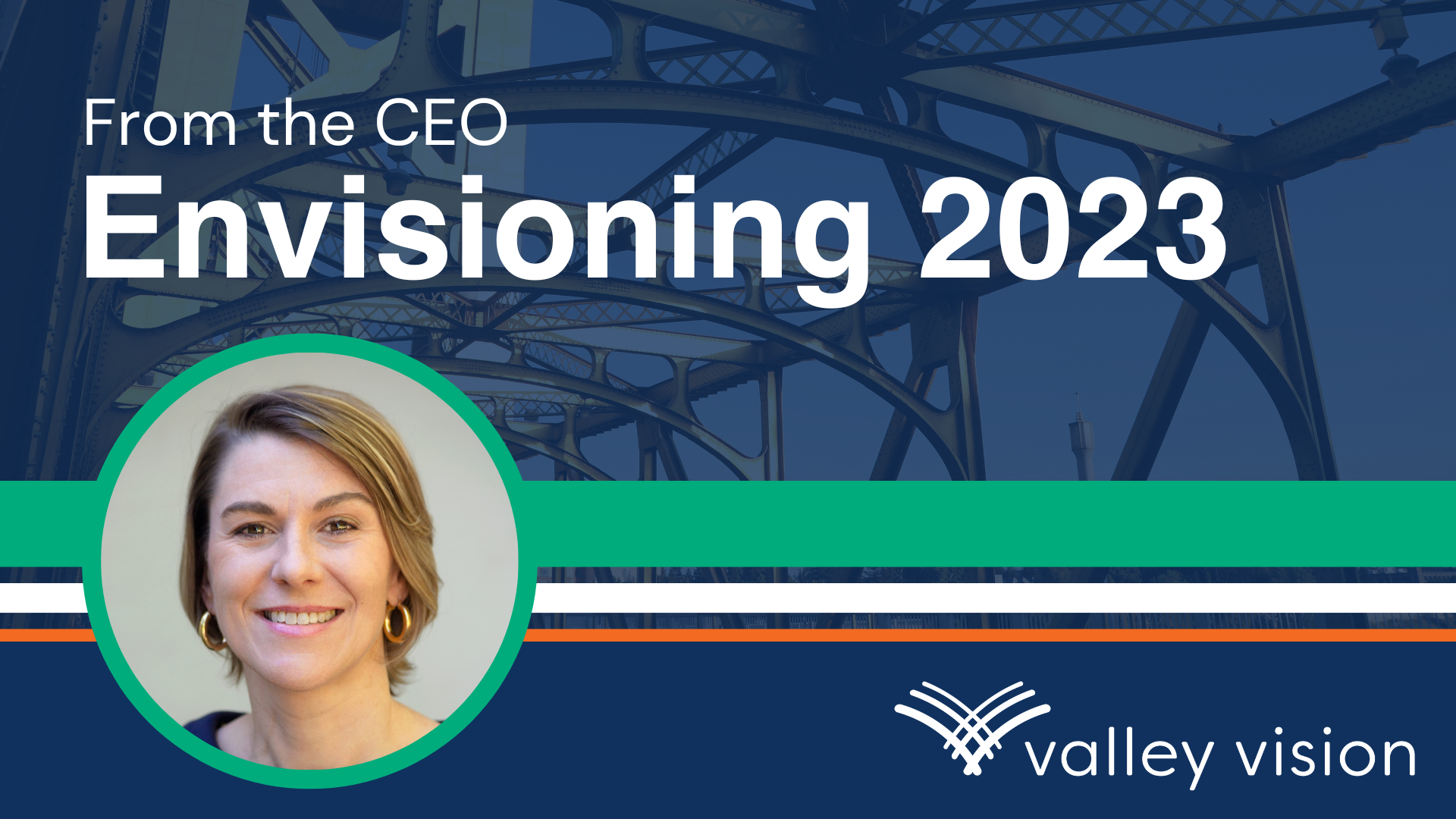
At Valley Vision, we have a tradition of offering predictions for the year to come each January. However—the last few years have taught us (reminded us?) that the world just isn’t that predictable. Instead, let’s look at some of the data trends for our region and envision how these data could inform our priorities and actions this year.
Our Regional Economy
After the roller coaster ride of 2020-2022, we go into 2023 with trepidation about a possible recession, a state budget shortfall, and ongoing economic inequities. Inflation continues to run hot at about 6.5%, but the good news is that it is trending downward and unemployment is holding steady at 3.4% in the Sacramento region, lower than California as a whole at 3.9% and below pre-pandemic levels (COE North Far North Labor Market Update and News, December 2022). There are other bright spots in our regional economy—employment trends have increased across our core sectors since 2021, and we are seeing a bounceback for tourism and hospitality, with hospitality as one of our highest growth sectors in 2022. Likewise, we are seeing a healthy return from tourists – bookings for festivals and hotels are up to (and beyond) pre-pandemic levels (Comstocks January 2023).
Despite bright spots, there remain concerning trends and economic inequities. Affordability of housing remains deeply problematic—mortgage prices are falling but mortgage rates are increasing, ultimately adding to monthly costs. Valley Vision’s recent Livability Poll shows that housing prices and availability are residents’ greatest concerns related to the quality of life. Rental costs remain high and people making $100,000 a year can afford just 10% of the homes on the market. Those who earn $50,000 annually can afford a paltry 0.3% of listings (Sac Bee, Oct 2022). Evidence of our housing affordability crisis is apparent across Sacramento with over 6,000 unhoused individuals at the July 2022 count. Finally, after surplus budgets for the State of California for the last few years, the Governor’s 2023 shows a projected $22.5 billion shortfall. This will not only impact government spending and programs in our region but will likely have an outsized impact on our employment as the state’s capital.
Workforce Trends
Valley Vision’s public opinion polling suggests that changes to how we work since the pandemic truly are here to stay. Our latest poll (The Built Environment Poll, to be released next month) shows that 56% of respondents say that their job can continue to be done remotely and the number of respondents doing 5-day-a-week commutes has dropped from 56% prior to the pandemic to 10% today. Looking into the future, about 90% of respondents imagine they will work onsite three days a week or less.
With changing workplace expectations and skills, ongoing training and growth are key.
Over half of all respondents participating in our recent Livability Poll are interested in learning new skills—with the most popular options being short-term, weekend programs that are remote or hybrid. These views reflect some changing expectations about how people would like to gain skills and credentials. Our recent Employer Survey shows that employers are ready to participate in training—67% are interested in providing work experience, internship, and/or on-the-job training opportunities to students and the most preferred method of training for employers is remote/virtual. One reason that remote continues to be an attractive choice for workers can be the challenges around childcare. A recent study by the Los Rios Centers of Excellence and Valley Vision shows early childhood education workers face low wages, a lack of opportunity (especially for people of color), and ongoing concerns about attracting and retaining a viable workforce.
A Changing Climate
2023 got off to a dramatic start with three weeks of atmospheric rivers and cyclone bombs, reminding us that intense weather patterns—from drought to flood—are increasing trends that we face. With January storms came the loss of life, over 1,000 downed trees in Sacramento, property damage, and power outages (Sac Bee January 2023). These events remind us that the changing climate has implications for the health and well-being of people—especially our most vulnerable communities—our economy, our ecosystems, our agricultural economy and food supply, and more. Our ability to adapt, plan for, and contribute to solutions is vital. There are many bright spots in our region as we advance solutions and action to meet needs in our changing climate, including a recent $2 million investment to Placer County to develop a biomass facility in the north Tahoe region; a recognition for Sacramento County Regional Sanitation District (RegionalSan) as a Utility of the Future for their sustainable principles and practices in water management; and SMUD’s 2030 Clean Energy Vision to eliminate 100% of greenhouse gas emissions from the energy grid by 2030. These are just a few—there is a tremendous amount of climate action moving toward a more sustainable future.
What’s Next?
None of these challenges stand alone—the interconnections across the economy, community, and environment require holistic and inclusive solutions. That is why Valley Vision strives to bridge across sectors and networks to break down silos and advance comprehensive regional solutions that work for everyone. Whether we are activating the Capital Region Food System Action Plan, advancing a Ready Workforce, bringing together the Capital Region Coalition for Digital Equity, providing backbone support for emergency preparedness through Listos California, or creating a policy platform on behalf of the Cleaner Air Partnership—we are collaborating to create resilient, equitable, and thriving communities.
Although we can’t control global economic trends, we can work at the regional scale to envision and build an inclusive, resilient, and growing economy.
One major initiative this year that Valley Vision is spearheading is the region’s Community Economic Resilience Fund (CERF) program—an opportunity to create a regional vision and investment plan for an inclusive and low-carbon economy. This work will build upon the Prosperity Strategy with a focus on a community-centered vision for a clean and inclusive economy. Learn more and join the conversation at our upcoming Building A Community Centered Clean Economy event on February 13th.
Finally, it is critically important to use data as a platform for action. We are planning two to three polls this year, our first to be released later this winter in partnership with SACOG—The Built Environment Poll looking at transportation, housing, and other neighborhood and community amenities that impact our daily lives. We’ll also continue to advance research across our impact areas, including employer polling, economic research, and more. Later this year we’ll take another deep dive into livability—looking at the issues that matter most to our quality of life with our signature Livability Poll and Livability Summit—we can’t wait to share more and work on solutions with you to make our region more resilient, equitable, and prosperous for all.
Celebrating New State and Local Workforce Leadership

The Capital Region is fortunate to have Stewart Knox, Jennifer Hernandez, and Erica Johnson assume leadership roles in our state and local workforce agencies.
Governor Newson swore in Stewart Knox as the new Secretary of the California Labor and Workforce Development Agency in December 2022. He has been the agency’s undersecretary since 2021 and has 28 years of statewide experience in workforce and economic development. Stewart Know will be joining Valley Vision’s Building A Community-Centered Clean Economy hybrid event on February 13th as a guest speaker.
In November 2022, Jennifer Hernandez joined the Sacramento Employment Training Agency as their new Executive Director after serving as the Deputy Director of the Family Engagement and Empowerment Division at the California Department of Social Services. She has nearly 20 years of advocacy experience engaging with nonprofits and policy leaders promoting key policies and programs that help promote equity and social justice.
At the beginning of this new year, Erica Johnson was promoted to the Workforce Investment Board Executive Director and Manager over the Agricultural Labor and Business Services for Yolo County. Erica came to Yolo County from the east coast in July 2018 as the YoloWorks! Program Coordinator for Employment & Business Services with a background in employment, youth, housing, business and disability services. In her time with the County, Erica has helped to expand the array of services available through YoloWorks! Career Services, while also strengthening the relationships between the County, job seekers and employers.
As the regional intermediary for the Capital Region, Valley Vision looks forward to working with these newly appointed and selected leaders to advance responsive and equitable career pathways to improve the livability of our region. Congratulations to all!
To keep up with Valley Vision’s work to advance a future-ready workforce in the Sacramento region, subscribe to our 21st Century Workforce email newsletter!
Hopes for 2023
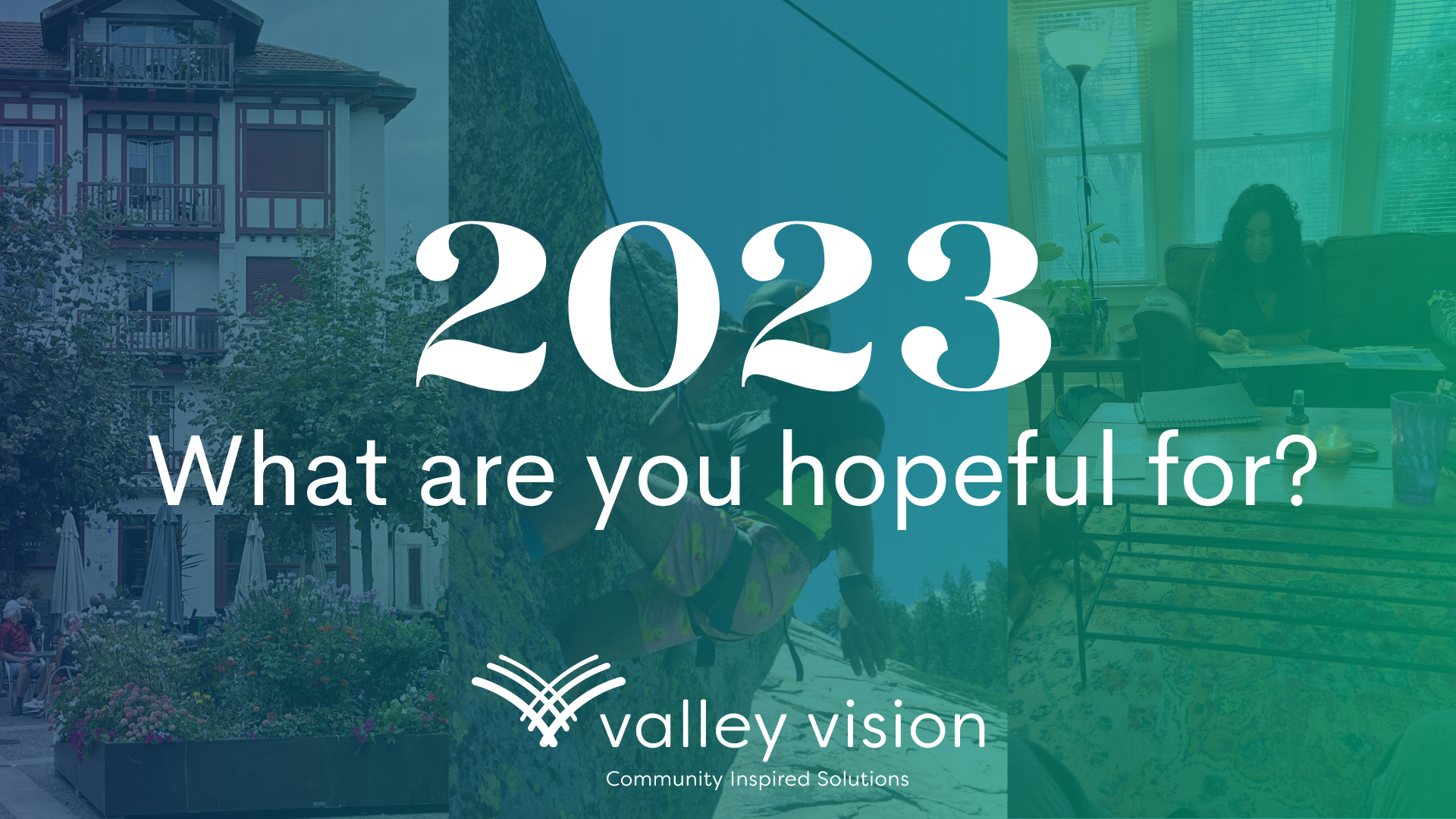
Welcome to 2023! A new year means new opportunities, so we asked our staff, “What is one thing you’re hopeful for?”
Thank you to all of our partners and community members who make our work possible; here’s to another year full of regional collaboration and positive change!
“In 2023, I’m hopeful for more quiet moments with wonderful people.”
Adrian Rehn


“I am hopeful for more opportunities to visit the great outdoors!”
Gustavo Garcia
“I am hopeful for more peace in the world globally, and personally, to spend more time with my two baby granddaughters!
Trish Kelly


“I’m hopeful for a healthier year for us all mentally, physically and emotionally.”
Brittnii Johnson
“I am hopeful for new experiences and opportunities to improve my mind, body & soul to live a healthier life in 2023.”
Laurel Smith


“With new data, opportunities, and funding coming to the region, I’m hopeful for the strides we’ll make in digital equity and broadband infrastructure to get communities connected!”
Navreet Hundal
“I am hopeful for a more inclusive and open world where all people feel belonging.”
Kathy Saechou


“I’m hopeful for a new year which brings stronger connections, impactful work, and good times for all!”
Caitlin Blockus
“I am hopeful for a year full of growth, time for myself & loved ones, and more quiet moments where I can appreciate the present!”
Danielle Susa


“I am hopeful for health, happiness, and well-being for my family, a Valley Vision team that takes on challenges together with curiosity and courage, and less violence and pain in our world.”
Evan Schmidt
“Wrapping up another pandemic year and a year where it seemed like everyone’s immune systems were reacclimating, I’m hoping for good health in 2023!”
Alana Ramsay
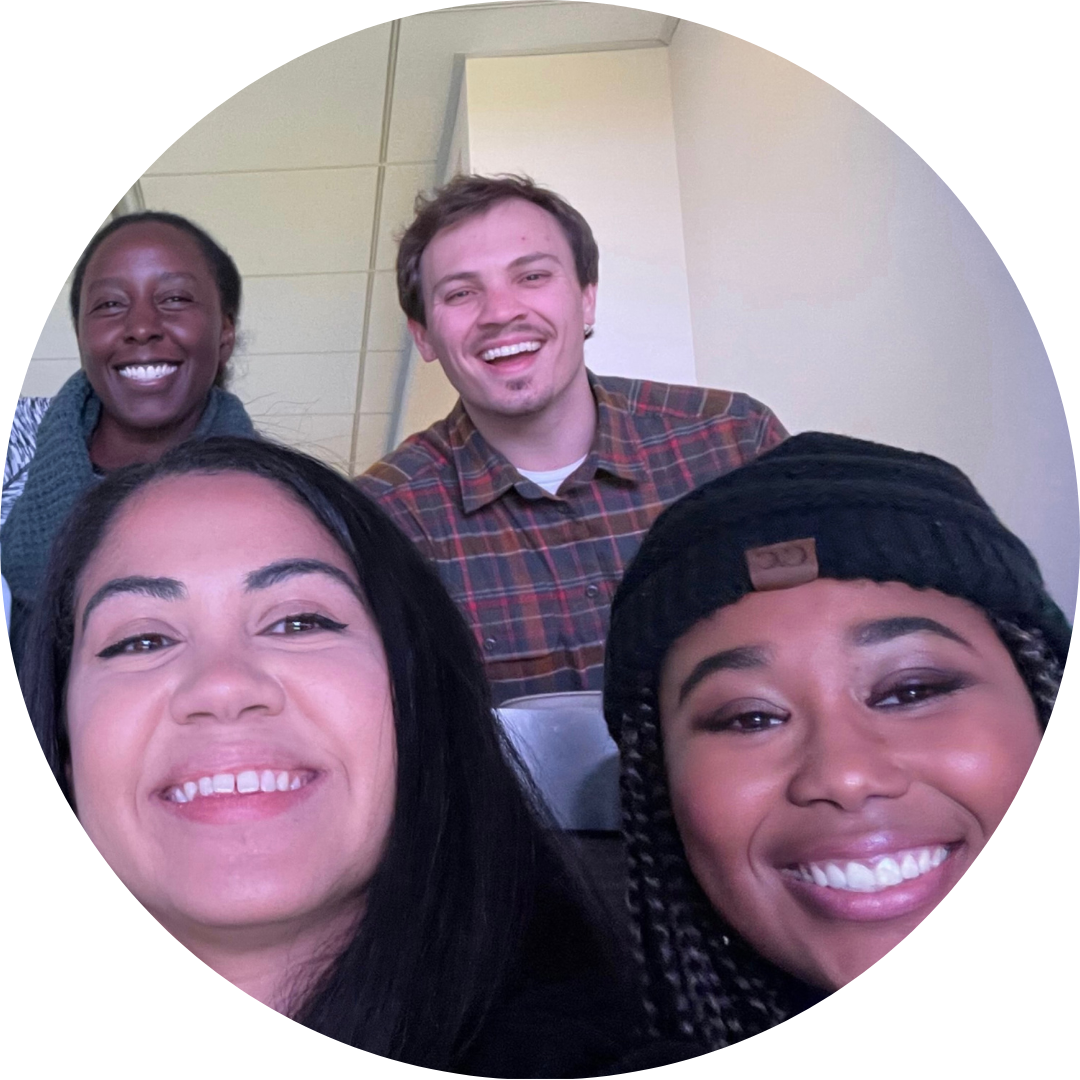

“I am hopeful for the fresh start a new year brings, and the opportunity to show up with renewed optimism, courage and aspirations.”
Renee John
“I’m hopeful for new experiences, adventures, food, and friends!”
Grace Kaufman

Gratitude for 2022
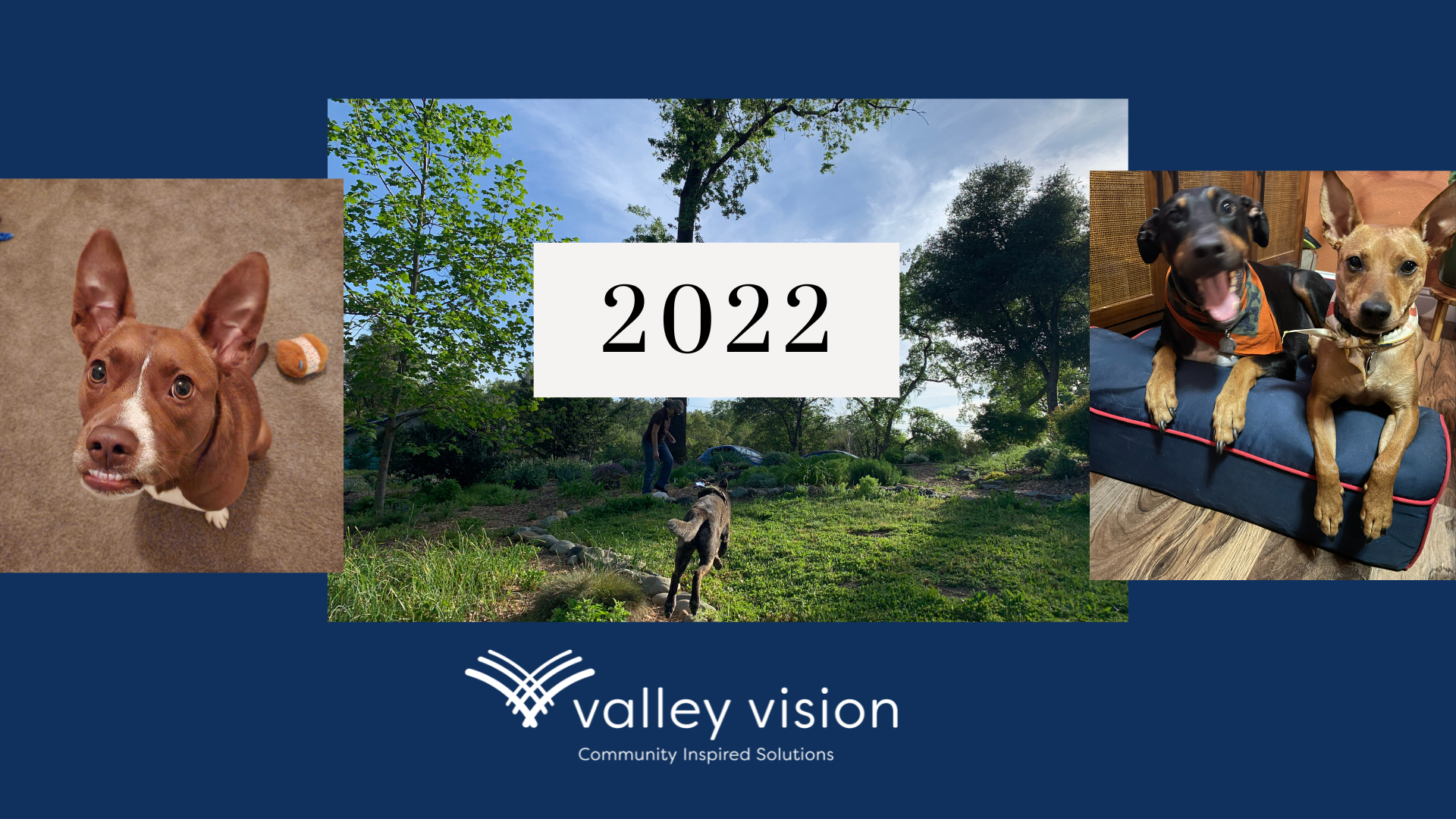
As each year comes to a close, the Valley Vision staff reflects on what we have been grateful for over the past year. It’s an annual tradition, and we are excited to share our reflections with you. Thank you for continuing to support and collaborate with us!
Caitlin Blockus – “With 2022 in the rearview mirror, I am so grateful for friendships old and new, the love of a big rescue dog, the support of my partner and family, and the ability to make new places feel like home.”
Yzabelle Dela Cruz – “I am thankful for friends and family, including my pet babies, that remind me of all the sweetness and joy life can bring.”
Trish Kelly – “I am thankful for having 9 month old healthy baby twin granddaughters – the future is female!”
Brittnii Johnson – “I am grateful for community, life, and hoodies!”
Alana Ramsay – “I’m thankful for working with people who are kind and taking action to improve our community. I’m also grateful for loyal friends, supportive family, and adorable guinea pigs!”
Gustavo Garcia – “I am thankful for the people I have met in my life that have accepted me for who I am and continue to give me the space and resources to develop both professionally and personally”
Adrian Rehn – “I am thankful for the increasingly small differentiation between friends, family, and colleagues. The people I have collaborated with over the past year are all of the above.”
Kathy Saechou – “I am thankful for talented and passionate coworkers and grateful for my family.”
Renee John – “I am thankful for all the individuals and organizations working to improve the livability of our region. I feel so fortunate to be on this journey with you.”
Increasing Opportunities for Students in AI, Machine Learning, and Data Science Occupations

On November 17th, Valley Vision hosted a hybrid Information & Communications Technology Regional Advisory on data science, artificial intelligence (AI), and machine learning to bring stakeholders and industry partners together to discuss the field’s current state, future projections, and areas of growth. Critical soft skills and networking experiences are needed for applicants to stand out when applying for jobs. However, our panelist discussion details a prominent gap between this need and the availability of these experiences for students.
This event featured labor market projections from Aaron Wilcher, Regional Director of the Greater Sacramento Centers of Excellence, and an industry panel that included:
- Ethan Eldridge, Eyefinity, Solutions Architect
- Alexander Le, NASA Community College Aerospace Scholar & Intel Data Science Intern
- Dylan Steele, Databricks, Software Engineer
- Helen Wu, Appdynamics, Cisco, Product Designer
- Anand Paranjpe, Microsoft, Principal Software Engineering Manager
At the beginning of the event, Wilcher provided regional labor market information, demonstrating a sharp increase in AI-related job postings in the Greater Sacramento area from the end of 2020 to the summer of 2022. However, there has been a significant dip in postings recently, matching tech company layoffs across the state. About 60% of AI-related job postings are concentrated in professional, scientific, and technical services (33%) and manufacturing (30%). The remaining AI-related opportunities (37%) are distributed across a wide breadth of industry sectors. It is important to note these occupations only make up <3% of the overall total postings within each sector. Literature review pointed to a need for continuous upskilling in the field which could benefit from short-term, noncredit training that can be offered directly to industry and quickly adjusted to meet their demands in this rapidly evolving field.
The panel discussion emphasized key technical skills that aligned with top occupational data provided by Wilcher. However, panelists emphasized communication, time management, organization, and problem solving as integral skills to successfully navigate this dynamic field. Panelists encouraged students and educators to push for increased internship opportunities for community college students to gain real-world, hands-on experience. Paid internships are a valuable way for prospective applicants to gain an understanding of the demands and nature of these jobs. Although these positions are generally taken by students at universities, panelists indicated a shift in this as companies like Intel are partnering with community colleges to bridge this gap. Alexander Le recalled their time as a NASA Community College Aerospace Scholar and Intel Data Science Intern, mentioning that being in an environment with likeminded people in a challenging role was incredibly important towards developing problem-solving and interpersonal team dynamic skills. As the panel discussed the importance of specific skills, one point became increasingly clear: if minority students do not have access to networking and hands-on experience, they will lack opportunities to build and highlight their talents and ambitions.
Panelists encouraged students and educators to push for increased internship opportunities for community college students to gain real-world, hands-on experience.
The panel then shifted the discussion to diversity, equity, and inclusion initiatives and resources to share solutions on this key issue. Dylan Steele, software engineer at Databricks, highlighted their partnership with ColorStack, a tech nonprofit that focuses on increasing the number of minority representation in the tech sector. Steele shared, “Recruiting events [with ColorStack] have been really successful, we’ve definitely expanded the number of DEI candidates that we’ve been looking at because of this.”
A list of resources provided by panelists to increase diversity, equity, and inclusion in the workforce are listed here:
Cisco Employee Resource Organizations and Networks
Cisco certification training (nontraditional backgrounds)
National Society of Black Engineers
Society of Hispanic Professional Engineers
As our region works towards building a more inclusive and adaptive ICT workforce, increasing students opportunities for hands-on learning, networking, and connections to employers is vital to meet the diversity and talent needs of the industry.
To keep up with Valley Vision’s work to advance a future-ready workforce in the Sacramento region, subscribe to our 21st Century Workforce email newsletter!
Bringing Community Voice to the Forefront

Equity, childcare services, round-the-clock public transportation, and our neighborhoods have historically not been brought up in the discussion surrounding clean economy careers, yet they are integral to the very same workforce that inhabits the clean economy sector. Bringing these discussions to the forefront of budding initiatives and policies is crucial to ensure that community members are properly equipped to meet workforce demands as they shift to meet state climate goals. Valley Vision is working on behalf of these goals through partnering on high road workforce training initiatives, as well as serving as the Regional Convenor for the Community Economic Resilience Fund program in the Sacramento Region, which includes Colusa, El Dorado, Nevada, Placer, Sacramento, Sutter, Yolo, and Yuba counties.
To facilitate these discussions, Valley Vision partnered with The Dorsey Group, a diversity, equity, and inclusion consulting firm, to engage in honest conversations around the challenges and barriers community members face in accessing clean economy careers. Clean economy careers are future focused, green-oriented careers with high wages and benefits. Dubbed the Community, First! Conversation Series, Valley Vision held a series of in-person events in Sacramento, Yolo, and Placer counties to bring community voice to the forefront of data used to inform the creation of inclusive career pathways into high quality, Clean Economy careers. Designed by and for the community.
The Community, First! Conversation Series took place in Sacramento, Woodland, and Placer county and centered around one question: What do our communities need to succeed in the race to a carbon neutral economy? Each respective county shared the pressing needs of their communities, however, there were four central themes consistent across each discussion:
- Expand K-12 clean economy career exploration, education, and training to introduce these opportunities earlier.
- Expand opportunities to explore clean economy careers and receive appropriate level of skills training at adult education to increase entry points for refugees, immigrants, and those who have faced barriers in traditional education settings.
- Training opportunities need to be known, easily accessible, and in the neighborhoods that need them the most.
- Community members are looking for opportunities to get involved and stay engaged in the planning, design and delivery of training in this lucrative area.
These themes will be some of many to be discussed at our upcoming Climate, Justice, and Jobs Summit. Hear from community members themselves on these topics and more on February 13th, 2023 from 9:00AM – 11:00AM as we integrate grassroots-level issues with an overarching mission to fund planning and implementation efforts to help communities advance the transition to a carbon-neutral economy through initiatives like our region’s Community Economic Resilience Fund efforts.
For more information on the Community Economic Resilience Fund, visit our webpage here.
The Community, First! Conversation Series is part of the California Workforce Development Board’s High Road Construction Careers, which is funded through SB1, a statewide initiative that puts dollars to work to advance careers in the building and construction trades as a reliable pathway to the middle class for disadvantaged Californians via multi-craft pre-apprenticeship training.

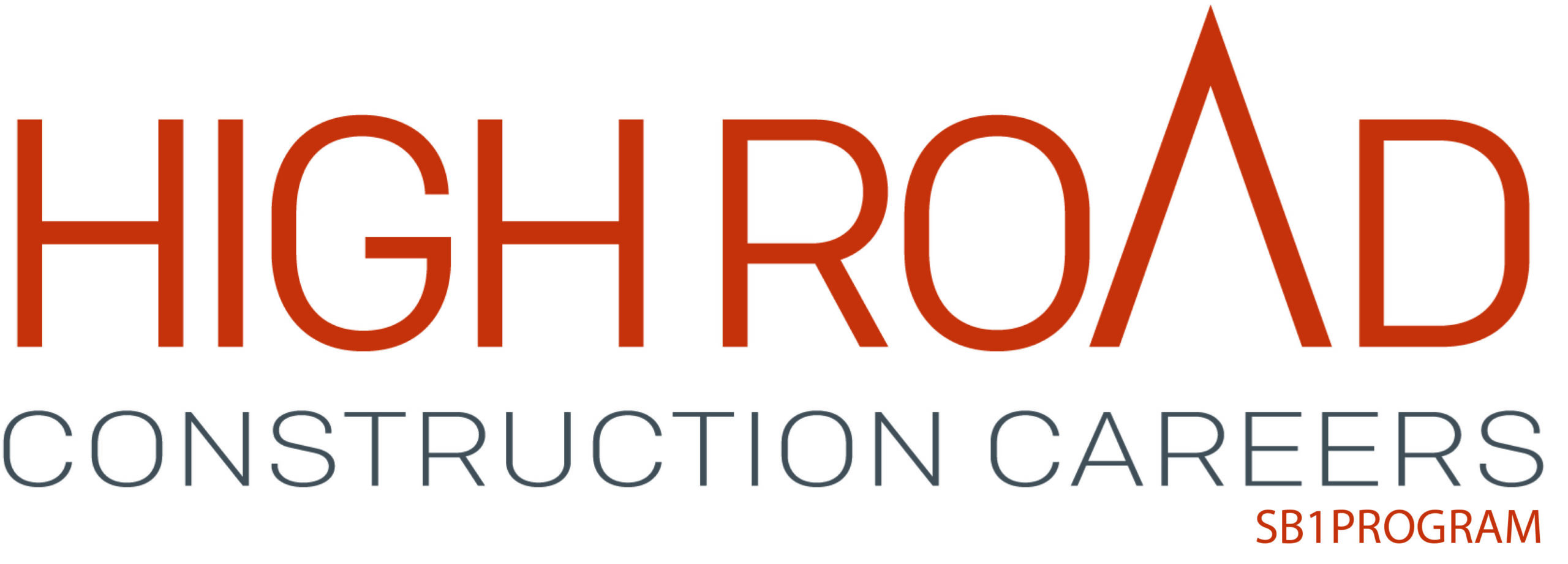
Thank you to our generous sponsor for their support and commitment to creating inclusive pipelines and equal access to clean jobs.

Recap: Yolo Food Hub Network’s Barn Warming & Celebration in Esparto, CA
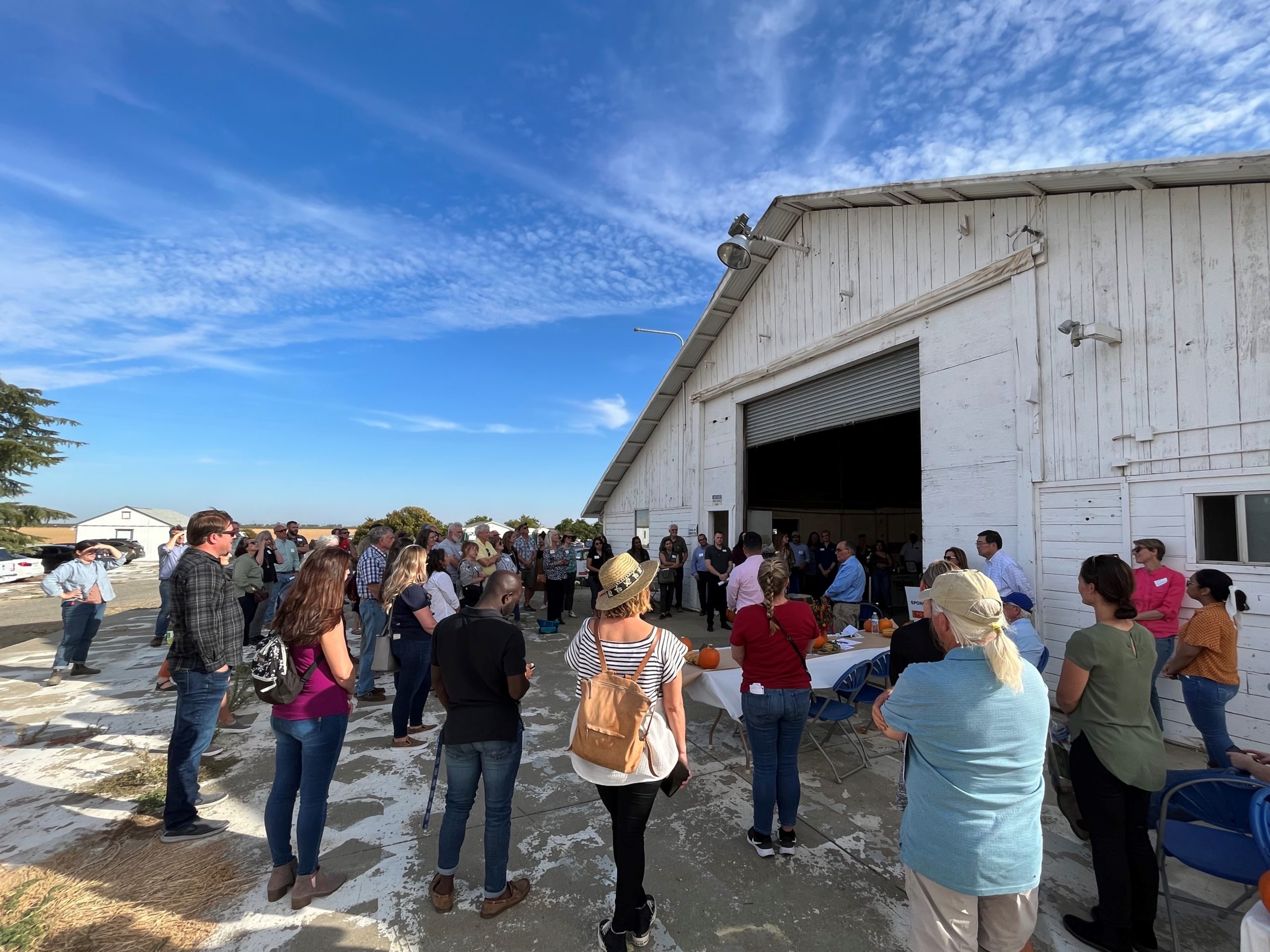
On Friday, October 21st, 2022 – a new home for food and agricultural infrastructure opened its doors to more than 115 people from across the region. The historic 22,000 square-foot Oakdale Barn, located in Esparto, California is over 100 years old, and as the anchor facility for the Yolo Food Hub Network, it will continue to serve the region’s agricultural industry. The Barn facility will be renovated to aggregate, process, store, package, and distribute produce grown in Yolo County and throughout the region. The facility will increase consumer and buyer access to healthy and diverse local foods, improve farmer and market sales, and will strengthen relationships between farmers, institutions, and local communities. It will open new markets for growers and food producers and will enable large institutions, such as hospitals, event centers, and schools to purchase locally grown foods. The barn warming, hosted by the Yolo Food Hub Network and Valley Vision, garnered the support of numerous organizations and representatives across Northern California.
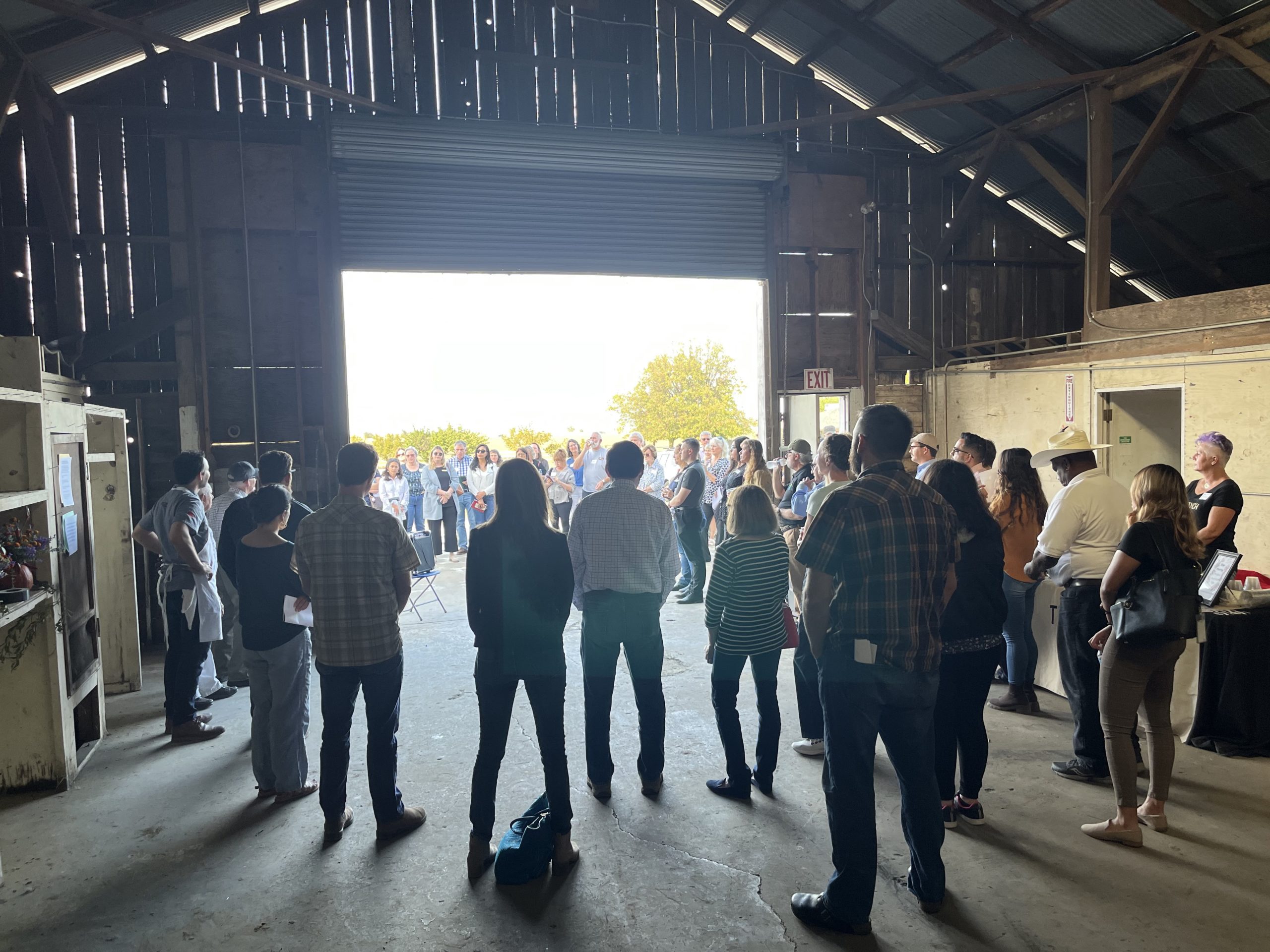

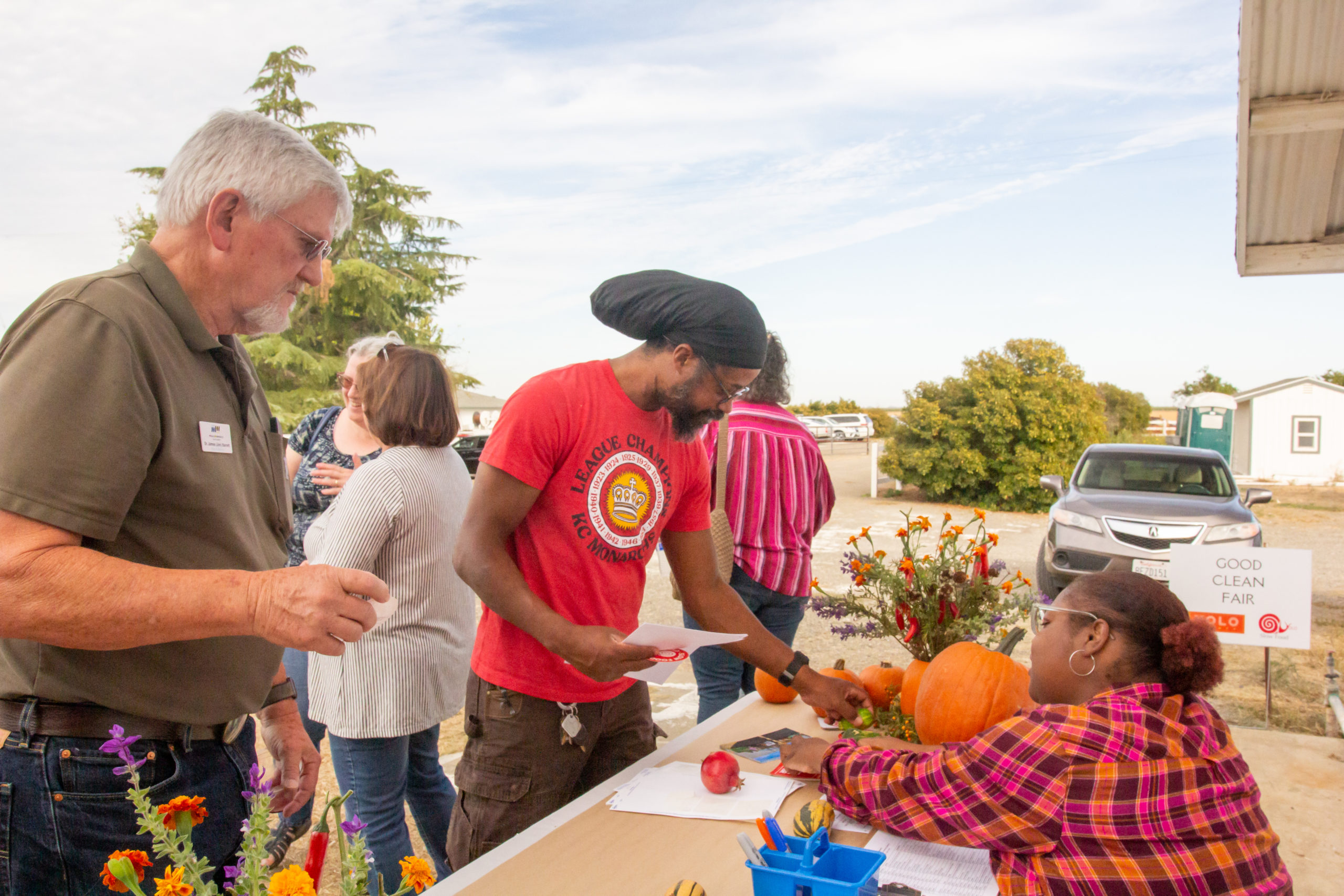
Valley Vision, on behalf of several local partners, was awarded a grant through the Local Food Promotion Program from USDA to support the planning phase of the project. Yolo County committed $2 million of American Rescue Plan funds for the site acquisition.
Food hubs help connect farmers and food entrepreneurs with regional markets and institutional buyers, such as schools, hospitals, and food banks, to access source-identified, locally-grown products. The project’s first phase developed recommendations and a funding strategy to help establish and sustain the new Yolo Food Hub Network and facility. As part of the planning phase of the Yolo Food Hub Network, the project will help farmers receive training on how to reach these institutional buyers, which will buy produce and goods from Yolo Food Hub Network partners.
The Yolo Food Hub Network project team includes New Season Community Development Corporation (NSCDC) – the project developer, Capay Valley Farm Shop (CVFS), Yolo Food Bank, Durst Organic Growers, Spork Food Hub, Esparto Train Station, Hatamiya Group, Kitchen Table Advisors, and Valley Vision as the project manager.
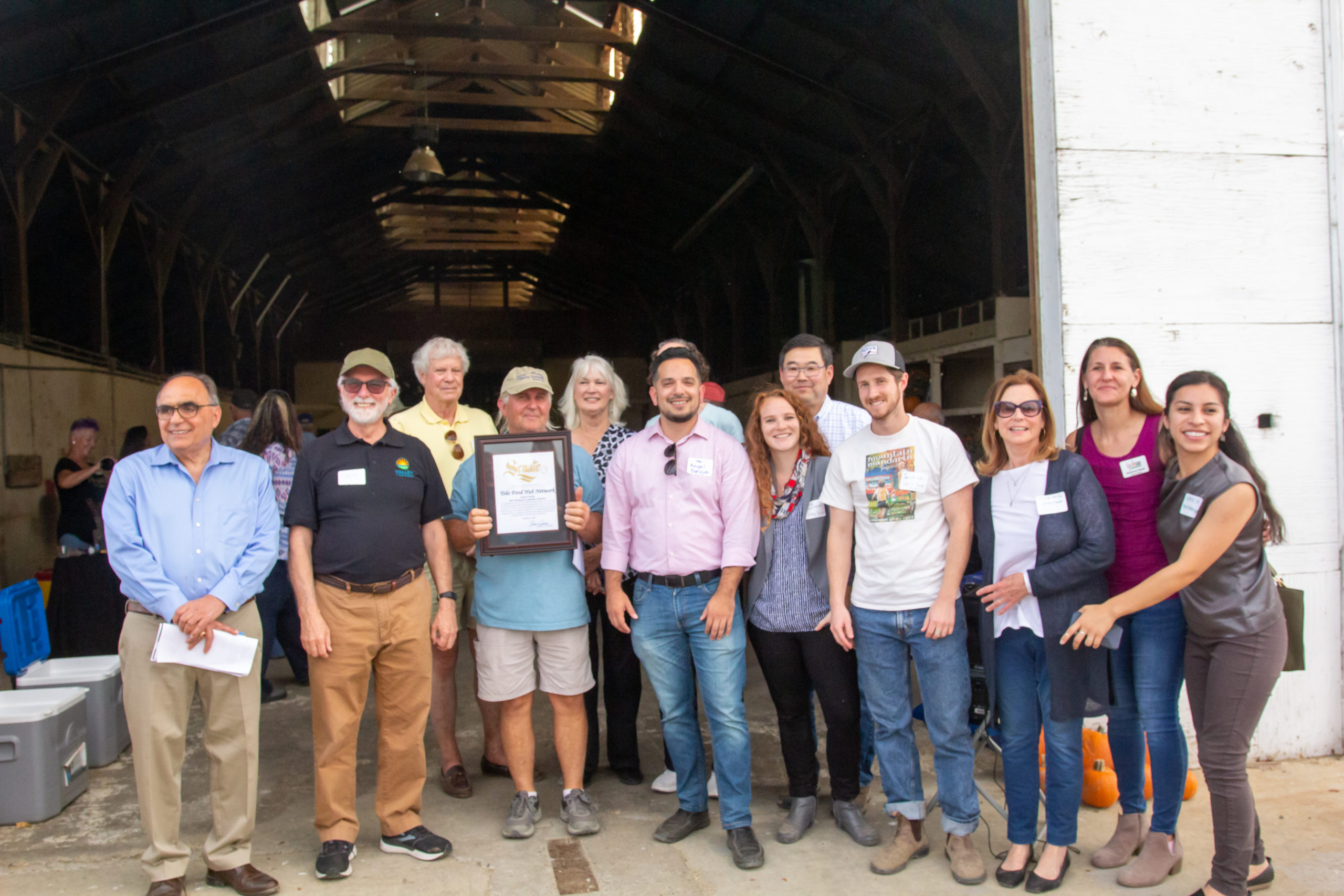
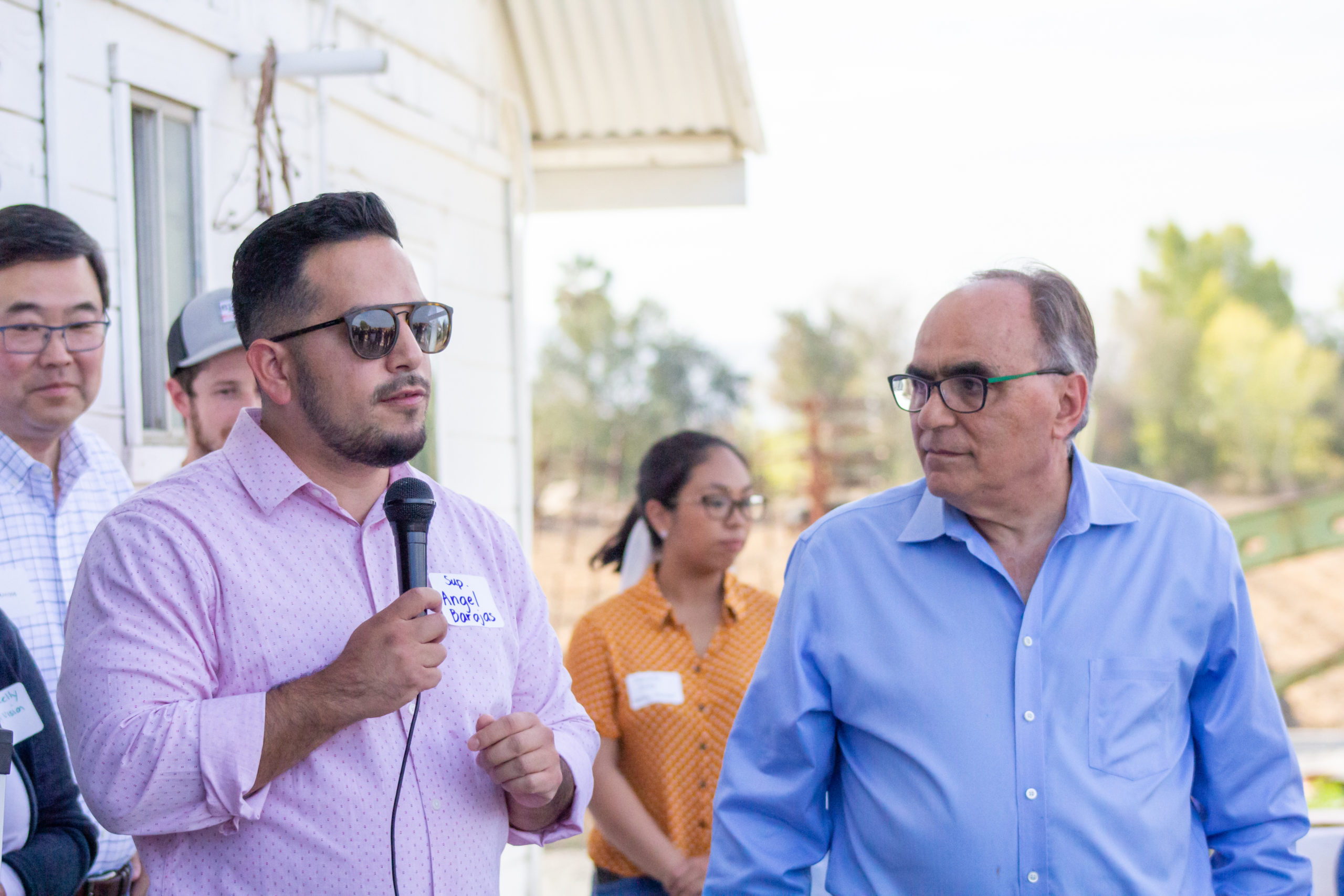
Many elected officials joined the celebration, including California Assemblymember Cecilia Aguiar-Curry District 4, California State Senator Dodd of Senate District 3, (Staff present), as well as Yolo County Supervisors Angel Barajas (Chair), Don Saylor, Jim Provenza, and Woodland City Council members Tom Stallard and Tania Garcia-Cadena.
Also in attendance was James Corless, Executive Director of the Sacramento Area Council of Governments (SACOG). Through SACOG’s Rural Urban Connection Strategy (RUCS), SACOG has supported the planning and feasibility of food hubs throughout the region, including the 2014 food hub feasibility analysis, which served as the foundation for the Yolo Food Hub Network.
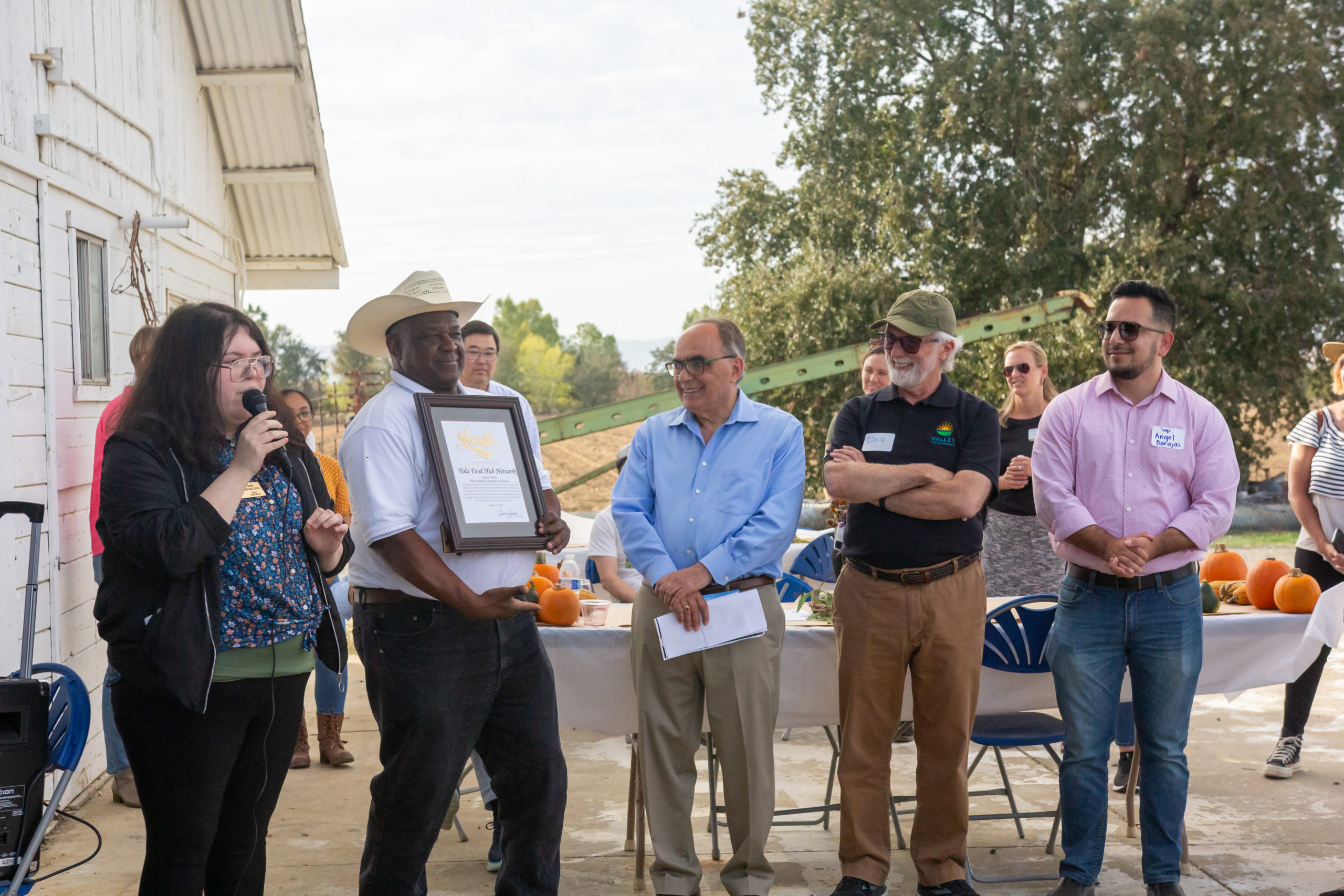
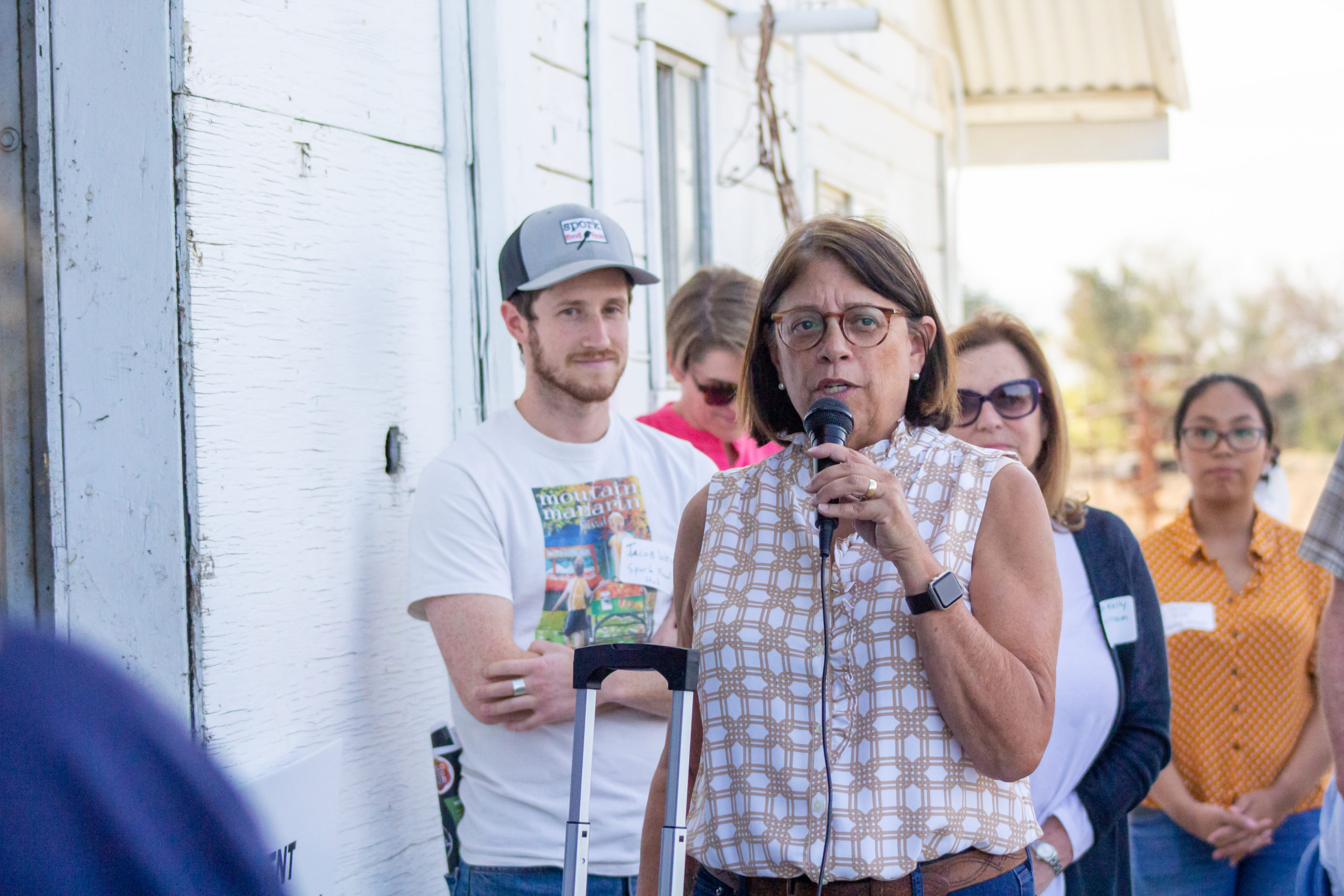
This event would not have been possible without the generous support of Slow Food Yolo, Turkovich Family Wines, and the hard work of Juan Barajas and his team. Slow Food is a global, grassroots organization, founded in 1989 to prevent the disappearance of local food, cultures, and traditions. Slow Food believes food is tied to many other aspects of life, including culture, politics, agriculture, and the environment.
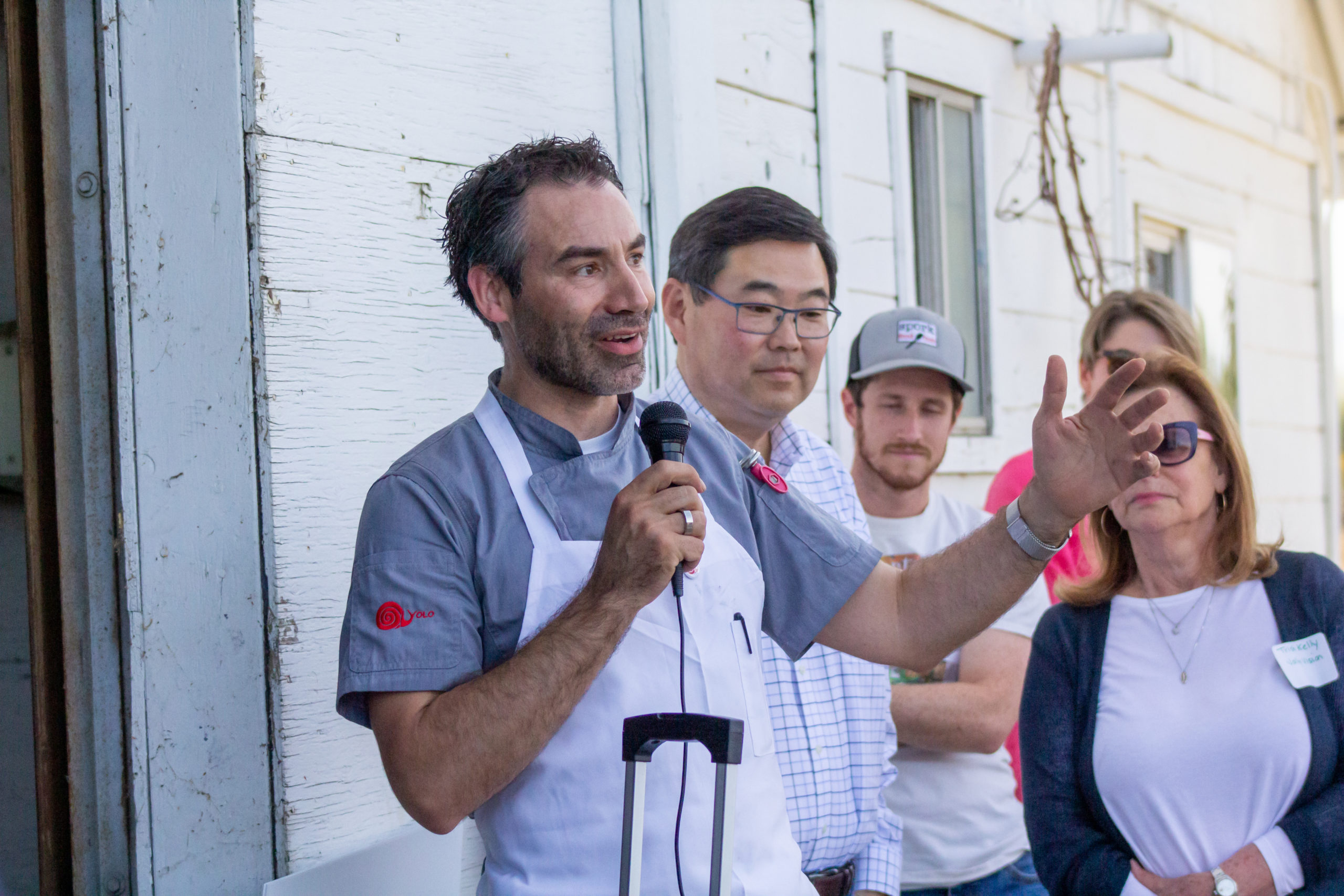



To learn more about the Yolo Food Hub Network, including past webinars and reports, visit: https://www.valleyvision.org/projects/yolo-food-hub.
For questions about Yolo Food Hub Network or if you want to receive future resources and information on the upcoming Food and Agricultural work from Valley Vision, please contact Grace Kaufman at Grace.Kaufman@valleyvision.org to be added to the listerv!
Grace Kaufman is a Valley Vision Project Manager working in the Food and Ag and Clean Economy impact areas
Watch the recap video from the Barn Warming & Celebration below!
Digital Inclusion Week Reflections: Looking Back & Moving Forward
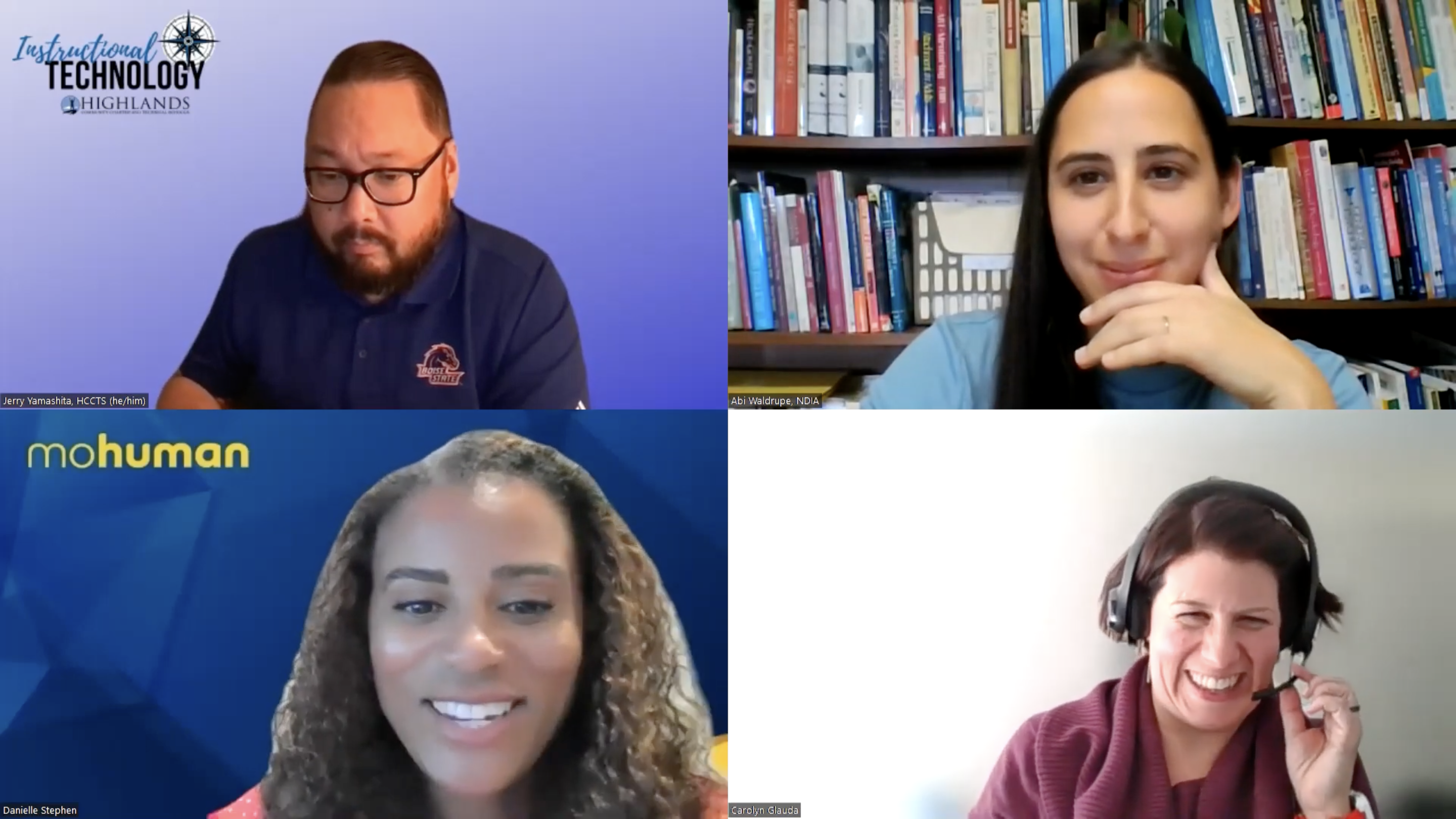
During the first week of October, the Capital Region Coalition for Digital Inclusion (CRCDI) celebrated Digital Inclusion Week for the third year in a row. The National Digital Inclusion Alliance defines this week of advocacy as, “an annual week of awareness, recognition, and celebration…aiming to raise awareness of solutions addressing home internet access, personal devices, and local technology training and support programs.”
Digital Inclusion Week, a bustling time for digital advocacy across the country, also provides our team with an opportunity to pause and look back across our digital inclusion milestones from this past year. Formerly known as the Sacramento Coalition for Digital Inclusion (SCDI), our coalition expanded in 2022 to serve the full Capital Region – including El Dorado, Placer, Alpine, Yuba, Yolo, Colusa, Glenn, Sacramento and Sutter counties. As a reflection of this change, our group also changed its name to the Capital Region Coalition for Digital Inclusion (CRCDI). Our name change and the growth of this service area is especially important, as rural counties are often the highest underserved when it comes to internet access and digital inclusion resources.
On theme with this expansion, and in seeking to provide the community with direct access to digital inclusion resources, we partnered with mohuman, a nonprofit organization based out of San Diego which strives to ensure that children and families in under-resourced communities have the digital resources they need to thrive and realize their full potential. Through our collaboration with mohuman, in the spring of 2022 the Coalition launched the Capital Region Digital Inclusion Portal, an online platform allowing community members and those serving them to easily search for resources, including free and low cost computers, internet services, information on the Affordable Connectivity Plan, and digital skill building tools/training. During Digital Inclusion Week this fall, we worked alongside mohuman to redesign the portal’s homepage – expanding accessibility and allowing users to casually browse through different categories and featured resource listings.
Providing the Capital Region with this comprehensive digital inclusion portal not only provides direct access to these resources, but also provides an asset mapping system for our area. According to the National Telecommunications and information Administration (NTIA), “Asset mapping is used to collect, organize, and track data for building digital equity strategies and plans for new and improved infrastructure. Whether focused on a single neighborhood or an entire state, digital inclusion coalitions, organizations, and public agencies across the country use asset mapping to identify resources, build partnerships, and plan for future work.” We are excited to provide our region with this opportunity to connect our communities, better understand our digital resource and service gaps, and continue our work to include the digitally underserved. We are honored to share that the Capital Region Digital Inclusion Portal has been lifted up as an example within NTIA’s Asset Mapping Guide, and look forward to continuing to forge an empowering and inclusive path forward with this tool.
Asset mapping, tools like the Capital Region Digital Inclusion Portal, and the ability to access and utilize digital resources are essential for community members and for the work of Digital Navigators. According to the National Digital Inclusion Alliance, “Digital Navigators are individuals who address the whole digital inclusion process — home connectivity, devices, and digital skills — with community members through repeated interactions.” These trusted guides provide ongoing assistance with affordable internet access, device acquisition, technical skills/application support, and are crucial to connecting communities and closing the digital divide.
The Capital Region Coalition for Digital Inclusion recently highlighted local, state, and national digital navigator programs at its quarterly meeting on September 23rd. Our digital navigator panel featured Digital Navigators of the Hudson Valley, Highlands Community Charter Schools, mohuman, and the National Digital Inclusion Alliance (NDIA). Panel members provided key insights into the development and implementation of their programs, including training curriculums, outreach, funding methods, and community impact.
Looking forward to the end of this year, the Coalition is excited to host our next CRCDI meeting on December 9th, where we will be diving into the Affordable Connectivity Program (ACP), a federal benefit program which provides a monthly internet discount as well as a device discount for eligible populations and tribal communities. At this convening, we will be joined by Gladys Palpallatoc, a Federal Program Officer and the State Lead for California in the NTIA’s Office of Internet and Connectivity Growth. Our team will also share data on ACP adoption in our region, and how community members can benefit from applying for the ACP. Valley Vision and the CRCDI’s work to expand ACP adoption and support in our region would not be possible without support from the California Emerging Technology Fund.
The CRCDI deeply appreciates the support of our Steering Committee, funders, and our Coalition members who have joined us for quarterly meetings, Digital Inclusion Week, and supported us in our push for digital equity this year. Digital access, skill-building, and connectivity is vital to the success of our communities and our region, and we are excited for the progress and action to come in 2023!